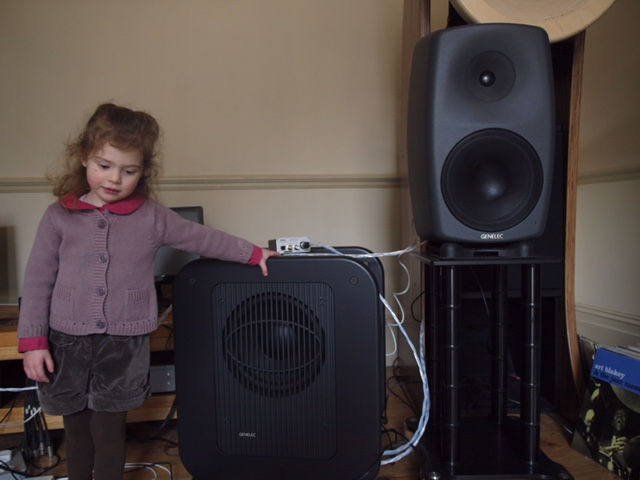Flat on and off axis Frequency response, what else?
- Keith Cooper

- Nov 20, 2023
- 2 min read
We have already discussed that an extremely large percentage of a loudspeaker's 'sound' is determined by the particular design's on and off-axis frequency response characteristics.
As flat as possible on-axis and an off axis that mirrors the 'on'.
Horizontal and vertical dispersion are all accounted for the CEA-2034/Spinorama measurements.
But there are other loudspeaker design parameters that play an important role if one wants to design a truly transparent loudspeaker, ie a design with as little added distortion as possible. Distortion is anything that the component being measured ( loudspeaker, amplifier, dac etc ) adds to the input signal.
Firstly there are for passive loudspeaker designs Impedance and Phase characteristics to consider, extremely low impedance means that the loudspeaker is more difficult for the amplifier to drive and if combined with extreme phase the issue is worsened.
Active loudspeaker designs are simply not affected as each driver is powered by its own dedicated amplifier which is designed specifically just to power that one specific driver.
This a a phase and magnitude plot of the March Audio 'Sointuva' passive design ( one of the finest measuring passives around at any price) courtesy of the excellent Erin's Audio Corner.

Red plot is magnitude or impedance, X- axis frequency, y-axis is resistance in Ω ohms ( left) and phase in degrees is on the right.
We can the impedance varies throughout the speakers frequency range, dropping particularly low between 100-200Hz, low impedance and phase is a consideration when choosing a passive loudspeaker, it is important to choose an amplifier that is capable of properly driving it, driving an amplifier into 'clipping' may produce audible distortion.
The Klippel system also measures 'step-response' ( how closely the drivers are time aligned ) and group delay which measures how delay changes across frequencies) .
It is difficult in a passive loudspeaker design to design a perfect step-response (much simpler in a contemporary active design).
There is some debate whether phase anomalies are audible however.
Distortion however if there is enough of it is audible!

This is the harmonic distortion plot again of the March Audio 'Sointuva' which has been measured at 96dB and at a distance of 1 metre ( 96dB is pretty loud, 85dB is considered a relatively safe level for prolonged listening without incurring hearing damage ).
The red line is the THD ( total harmonic distortion) the coloured plots are the individual harmonics, in a low distortion loudspeaker design those lines will be as low in terms of dB as possible, distortion is nearly always highest in the low bass region, fortunately are ears are extremely insensitive in the low bass region of the FR, they are much more sensitive in the 1-2kHz region.
Both Erin and Amir at ASR conclude their loudspeaker measurements with a short précis
explaining how the measurements translate into how the actual loudspeaker will sound.
It really is worth learning to understand measurements, you will then be able to determine at a glance whether a loudspeaker is worth your consideration.



Comments